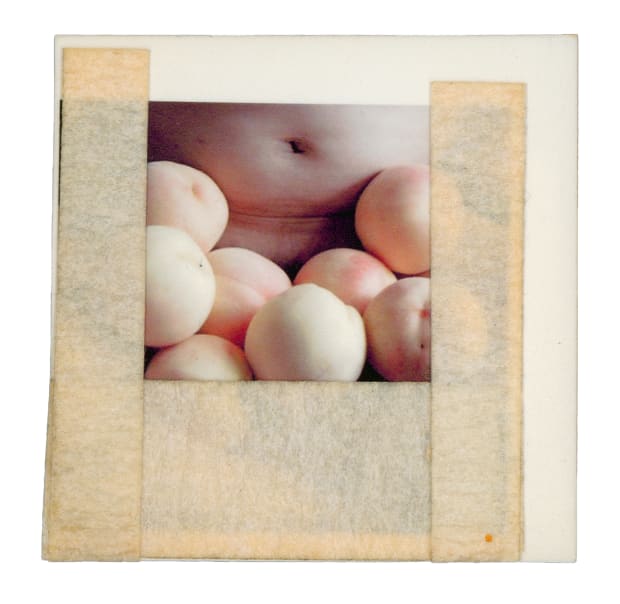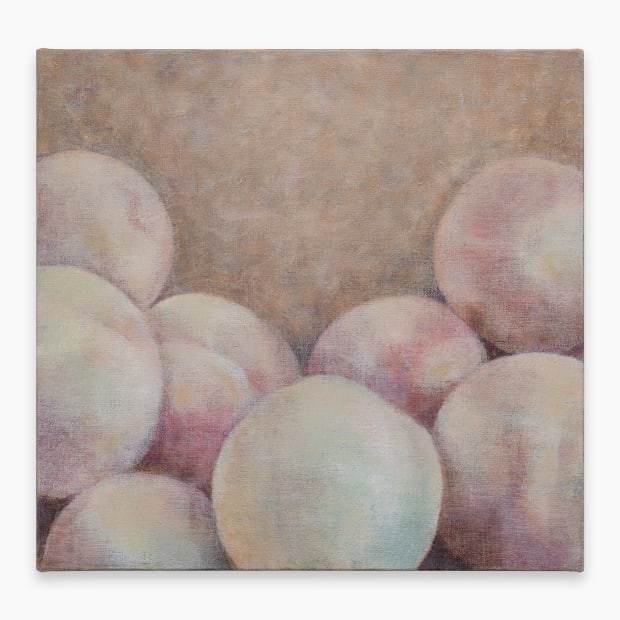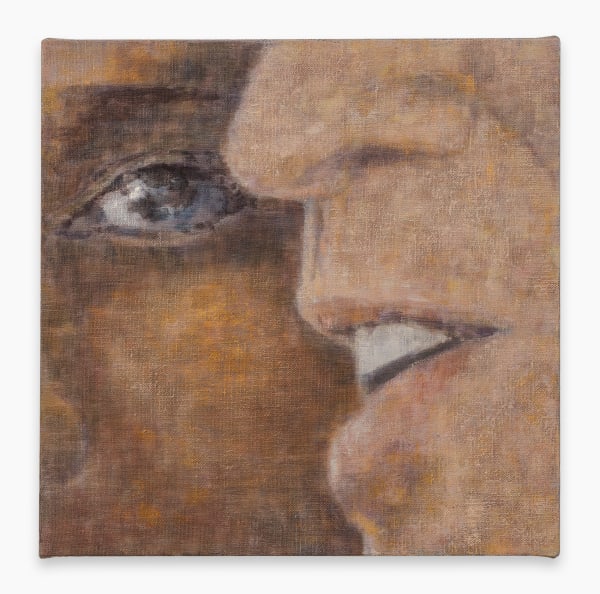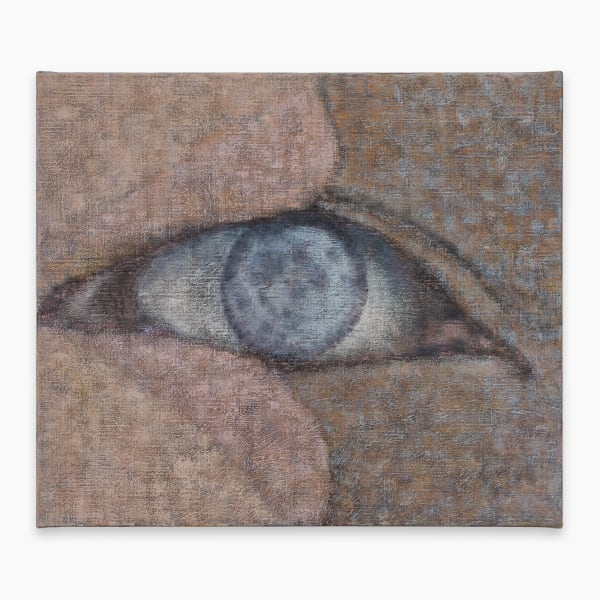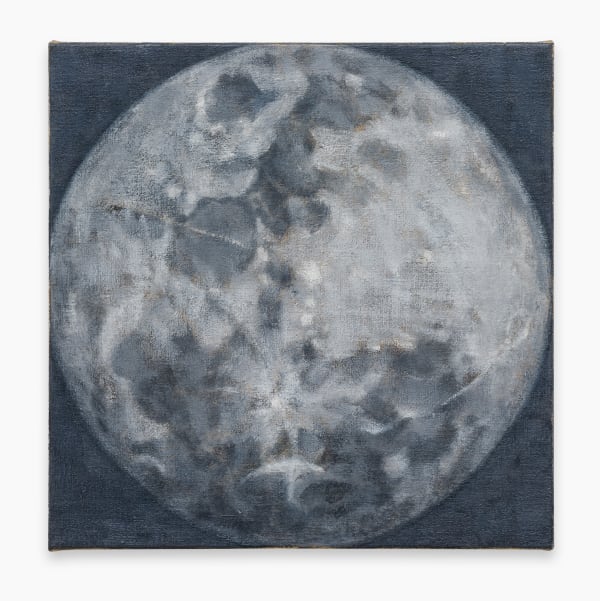Kang Seok Ho: Hold Still
Current exhibition
-
 Kang Seok Ho, Untitled, 2019, Oil on canvas, 26 3/4 x 17 1/2 in, 68 x 44.3 cm
Kang Seok Ho, Untitled, 2019, Oil on canvas, 26 3/4 x 17 1/2 in, 68 x 44.3 cm -
 © Kang Seok Ho Estate
© Kang Seok Ho Estate -
Kang’s methods, however, were distinctly contemporary, exemplified by his use of photographic sources—first explored in his Get Up series, which zoomed in on clothed torsos and buttocks, omitting faces and other identifiers. Working from photographs—some his own, others drawn from media—he isolated and enlarged fragments of images, taping off sections to re-angle and translate them onto canvas. Focusing on details such as the wrinkles in denim where thighs meet or the beads of a necklace resting against a collarbone, the Get Up paintings became Kang’s first anonymous portraits, turning the body into a rhythm of folds, seams, and reflections: quiet abstractions that reveal his fascination with the everyday as a site of intimacy.
-
 Kang Seok Ho, Untitled, 2017, Oil on canvas, 76 3/4 x 74 3/4 in, 195 x 190 cm
Kang Seok Ho, Untitled, 2017, Oil on canvas, 76 3/4 x 74 3/4 in, 195 x 190 cm -
-
In the late 2010s, Kang pushed the compositions of the Couple paintings further inward, enlarging his canvases to focus on the eyes of two individuals. In some, two faces adjoin edge to edge, their shared boundary forming a seam; in others, one face passes another, half-visible, half-withheld. Eventually, the faces nearly overlap, merging into a single eye-like form—a meeting point of color and light akin to a solar eclipse. In his final group of Nude paintings, created for a 2021 exhibition shortly before his death, Kang concentrated his gaze on the belly button—the body’s physical and metaphorical center. Perhaps his most intimate works, these paintings anchor folds and crevices of skin within expanses of color that verge on abstraction.
-
-
The exhibition’s title, Hold Still, refers to Kang’s working process of selecting an image and re-framing it to fit the proportions of his canvas. This became a way of reconstructing chance, visually compelling moments encountered amid the sensory excess of contemporary life and translating these images from the immediacy of photography to the slower temporality of paint. The images, held still by the artist’s intention, become his paintings—and in turn, invite viewers to look with the same attentiveness.
Although Kang’s work has only recently begun to receive wider international recognition, his influence within Korea’s painting community was deeply felt during his lifetime. As an artist, curator, and writer, he helped shape the discourse on contemporary art, organizing group exhibitions such as Good Form (Insa Art Space, 2005), Manner in Korean Paintings (Hite Collection, 2012), and When Words Fail (Hite Collection, 2016). His writings on everyday experiences—plainspoken yet lyrical—echoed the tone of his paintings, reflecting an ongoing search for clarity that always left space for uncertainty.
Kang’s passing in 2021 left his inquiries open-ended. Yet in his Couple and Nude paintings—where forms meet, merge, or drift apart—he captured something of the fragility of connection itself. His paintings do not seek to resolve the tension between self and other, painter and viewer, figure and ground; rather, they hold that tension quietly, discovering comfort in the unsettled.




